 Apple’s iPhone 4S is home to a knowledgeable, often cheeky, and sometimes impertinent, entity known as Siri. It’s day job is as voice-activated personal assistant.
Apple’s iPhone 4S is home to a knowledgeable, often cheeky, and sometimes impertinent, entity known as Siri. It’s day job is as voice-activated personal assistant.
According to Apple, Siri is:
… the intelligent personal assistant that helps you get things done just by asking. It allows you to use your voice to send messages, schedule meetings, place phone calls, and more. But Siri isn’t like traditional voice recognition software that requires you to remember keywords and speak specific commands. Siri understands your natural speech, and it asks you questions if it needs more information to complete a task.
It knows what you mean.
Siri not only understands what you say, it’s smart enough to know what you mean. So when you ask “Any good burger joints around here?” Siri will reply “I found a number of burger restaurants near you.” Then you can say “Hmm. How about tacos?” Siri remembers that you just asked about restaurants, so it will look for Mexican restaurants in the neighborhood. And Siri is proactive, so it will question you until it finds what you’re looking for.
Yet in reality, Siri has taken on an expanded role that encompasses comedian, philosopher, companion and polymath mentor. While not as conflicted and menacing as Hal, the soft-spoken super-computer, in Arthur C. Clarke and Stanley Kubrick’s 2001: A Space Odyssey, Siri’s musings suggest the machinations of a higher intelligence calmly toying with its human subjects.
Siri is very much the product of its very human, and talented, software and hardware engineers, unless, that is, Apple has made earth-moving strides in artificial intelligence (AI) and Siri has become sentient. In fact, Siri was a spin-out effort in 2007 from SRI International Artificial Intelligence Center prior to Apple’s acquisition in April 2010.
Yet, ask Siri a slew of esoteric questions and you’re likely to get some very nuanced answers, many of which will leave you scratching your head or laughing out loud. In fact, several websites have already sprung up to catalog Siri’s musings. A sample of human questions and Siri’s answers below:
Human: “I need to hide a body”.
Siri: What kind of place are you looking for? Reservoirs, Metal Foundries, Mines, Dumps, Swamps…
Human: “I am sleepy”.
Siri: I hope you’re not driving.
Human: “Tell me a joke”.
Siri: Siri answers to this question vary: (1) Two iPhones walk into a bar… I forget the rest; (2) I can’t. I always forget the punch line.
Human: “My wife wants a divorce because of you”.
Siri: I found a number of divorce lawyers, some of them are not far from you.
Human: “Do you know HAL 9000?”.
Siri: Everyone knows what happened to HAL. I’d rather not talk about it.
Human: “What two things are infinite?”.
Siri: The universe and human stupidity… and I’m not sure about the universe.
For more conversations courtesy of Siri check out the following websites: LifeWithSiri, SiriFunny, and Siri-isms.
[div class=attrib]Image: HAL9000. Courtesy of Wikipedia.[end-div]


 Recollect the piped “musak” that once played, and still plays, in many hotel elevators and public waiting rooms. Remember the perfectly designed mood music in restaurants and museums. Now, re-imagine the ambient soundscape dynamically customized for a space based on the music preferences of the people inhabiting that space. Well, there is a growing list of apps for that.
Recollect the piped “musak” that once played, and still plays, in many hotel elevators and public waiting rooms. Remember the perfectly designed mood music in restaurants and museums. Now, re-imagine the ambient soundscape dynamically customized for a space based on the music preferences of the people inhabiting that space. Well, there is a growing list of apps for that.

 The lowly incandescent light bulb continues to come under increasing threat. First, came the fluorescent tube, then the compact fluorescent. More recently the LED (light emitting diode) seems to be gaining ground. Now LED technology takes another leap forward with printed LED “light sheets”.
The lowly incandescent light bulb continues to come under increasing threat. First, came the fluorescent tube, then the compact fluorescent. More recently the LED (light emitting diode) seems to be gaining ground. Now LED technology takes another leap forward with printed LED “light sheets”.
 Computer hardware reached (or plummeted, depending upon your viewpoint) the level of commodity a while ago. And of course, some types of operating systems platforms, and software and applications have followed suit recently — think Platform as a Service (PaaS) and Software as a Service (SaaS). So, it should come as no surprise to see new services arise that try to match supply and demand, and profit in the process. Welcome to the “cloud brokerage”.
Computer hardware reached (or plummeted, depending upon your viewpoint) the level of commodity a while ago. And of course, some types of operating systems platforms, and software and applications have followed suit recently — think Platform as a Service (PaaS) and Software as a Service (SaaS). So, it should come as no surprise to see new services arise that try to match supply and demand, and profit in the process. Welcome to the “cloud brokerage”. Last week on October 8, 2011, Dennis Richie passed away. Most of the mainstream media failed to report his death — after all he was never quite as flamboyant as another technology darling, Steve Jobs. However, his contributions to the worlds of technology and computer science should certainly place him in the same club.
Last week on October 8, 2011, Dennis Richie passed away. Most of the mainstream media failed to report his death — after all he was never quite as flamboyant as another technology darling, Steve Jobs. However, his contributions to the worlds of technology and computer science should certainly place him in the same club. [div class=attrib]From the New York Times:[end-div]
[div class=attrib]From the New York Times:[end-div]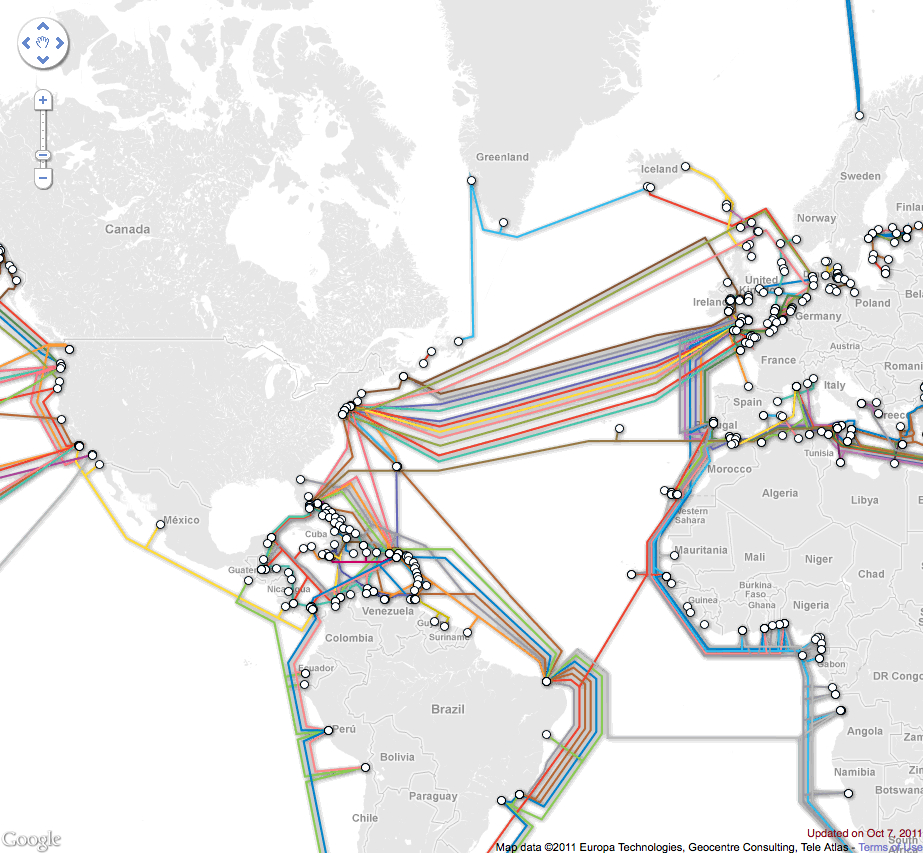

 Jonathan Ive, the design brains behind such iconic contraptions as the iMac, iPod and the iPhone discusses his notion of “undesign”. Ive has over 300 patents and is often cited as one of the most influential industrial designers of the last 20 years. Perhaps it’s purely coincidental that’s Ive’s understated “undesign” comes from his unassuming Britishness.
Jonathan Ive, the design brains behind such iconic contraptions as the iMac, iPod and the iPhone discusses his notion of “undesign”. Ive has over 300 patents and is often cited as one of the most influential industrial designers of the last 20 years. Perhaps it’s purely coincidental that’s Ive’s understated “undesign” comes from his unassuming Britishness.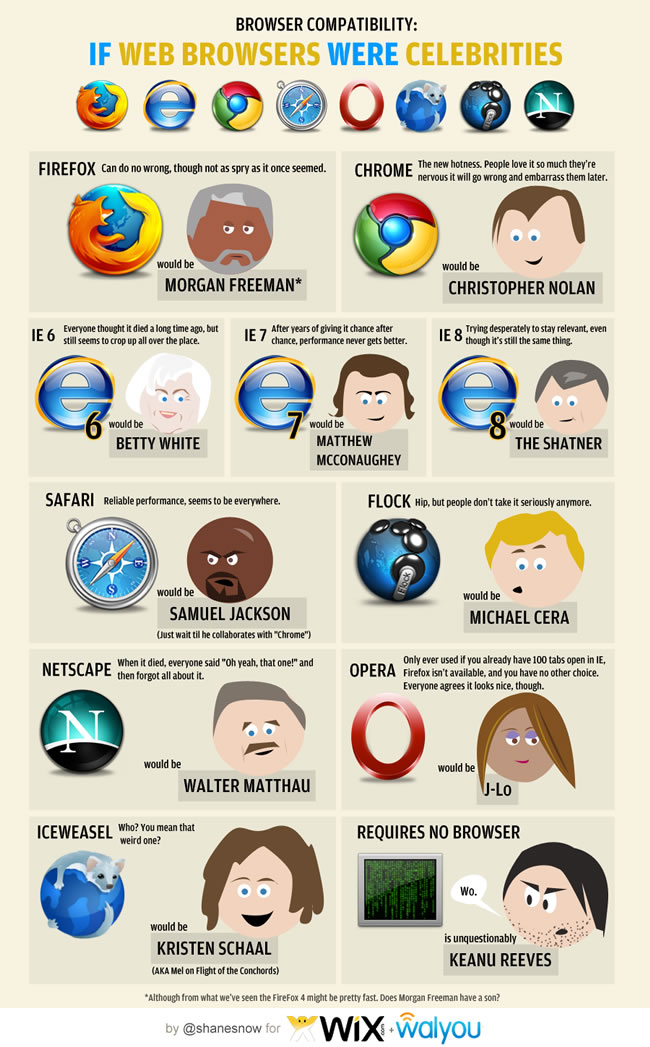

 Accumulating likes, collecting followers and quantifying one’s friends online is serious business. If you don’t have more than a couple of hundred professional connections in your LinkedIn profile or at least twice that number of “friends” through Facebook or ten times that volume of Twittering followers, you’re most likely to be a corporate wallflower, a social has-been.
Accumulating likes, collecting followers and quantifying one’s friends online is serious business. If you don’t have more than a couple of hundred professional connections in your LinkedIn profile or at least twice that number of “friends” through Facebook or ten times that volume of Twittering followers, you’re most likely to be a corporate wallflower, a social has-been.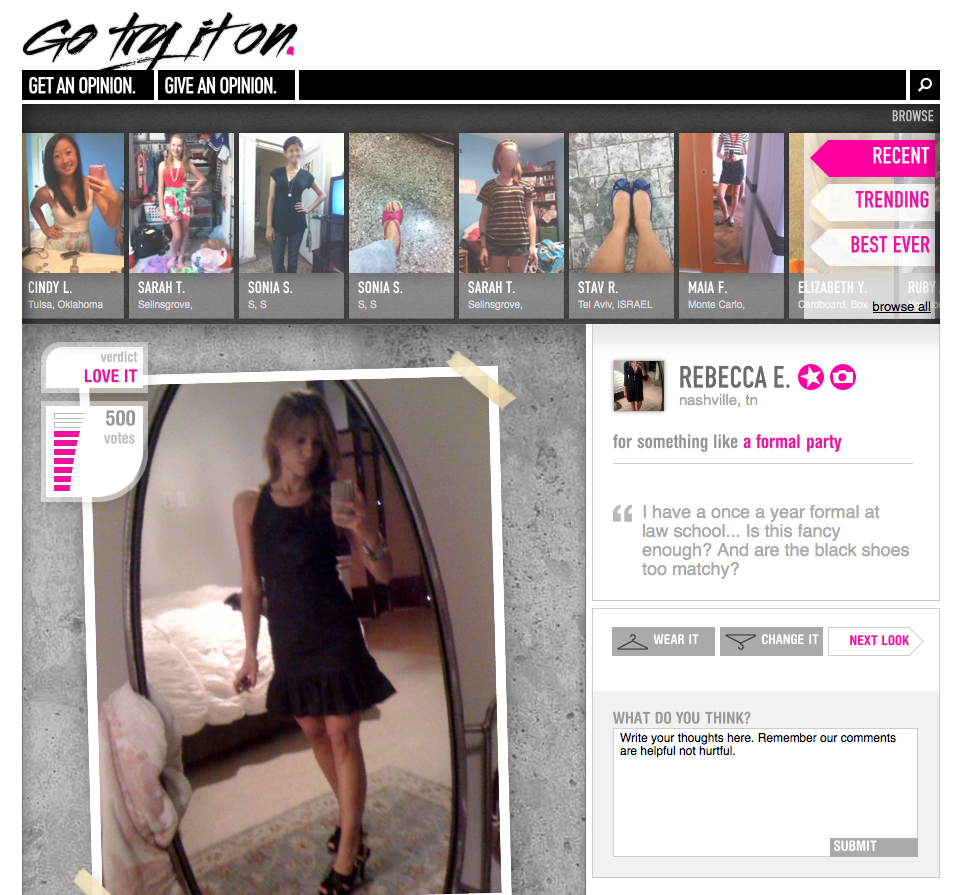
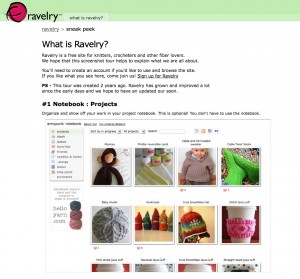
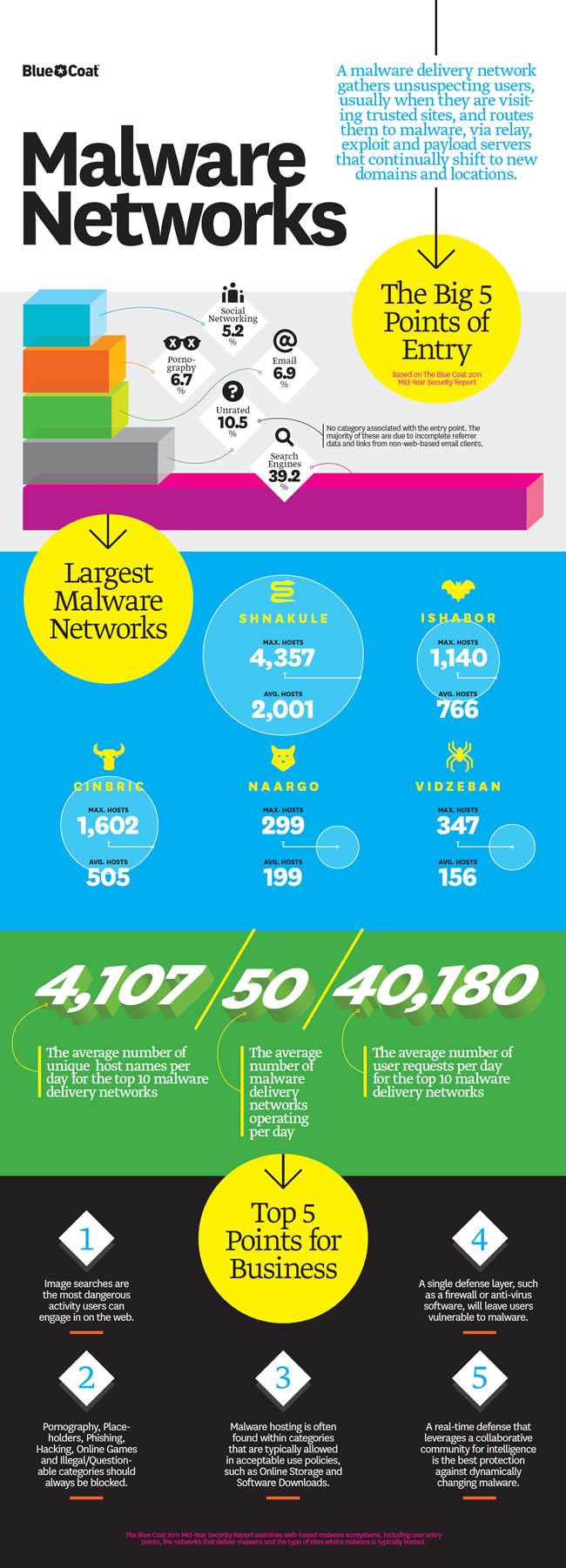


 In early 1990 at CERN headquarters in Geneva, Switzerland,
In early 1990 at CERN headquarters in Geneva, Switzerland,  Five years in internet time is analogous to several entire human lifespans. So, it’s no surprise that Twitter seems to have been with us forever. Despite the near ubiquity of the little blue bird, most of the service’s tweeters have no idea why they are constrained to using a mere 140 characters to express themselves.
Five years in internet time is analogous to several entire human lifespans. So, it’s no surprise that Twitter seems to have been with us forever. Despite the near ubiquity of the little blue bird, most of the service’s tweeters have no idea why they are constrained to using a mere 140 characters to express themselves. [div class=attrib]From Wired:[end-div]
[div class=attrib]From Wired:[end-div]






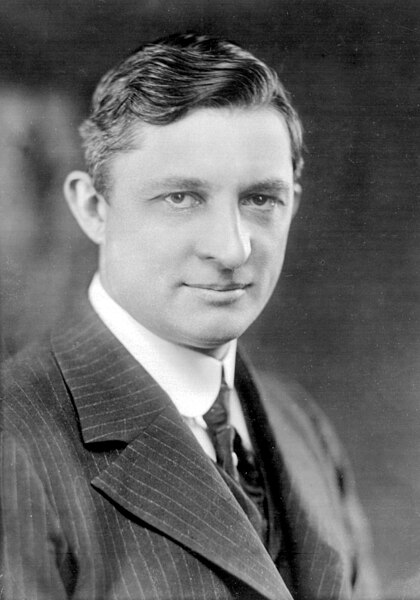 It’s #$% hot in the southern plains of the United States, with high temperatures constantly above 100 degrees F, and lows never dipping below 80. For that matter, it’s hotter than average this year in most parts of the country. So, a timely article over at Slate gives a great overview of the history of the air conditioning system, courtesy of inventor Willis Carrier.
It’s #$% hot in the southern plains of the United States, with high temperatures constantly above 100 degrees F, and lows never dipping below 80. For that matter, it’s hotter than average this year in most parts of the country. So, a timely article over at Slate gives a great overview of the history of the air conditioning system, courtesy of inventor Willis Carrier. [div class=attrib]From Ars Technica:[end-div]
[div class=attrib]From Ars Technica:[end-div] The lives of 2 technological marvels came to a close this week. First, NASA officially concluded the space shuttle program with the
The lives of 2 technological marvels came to a close this week. First, NASA officially concluded the space shuttle program with the 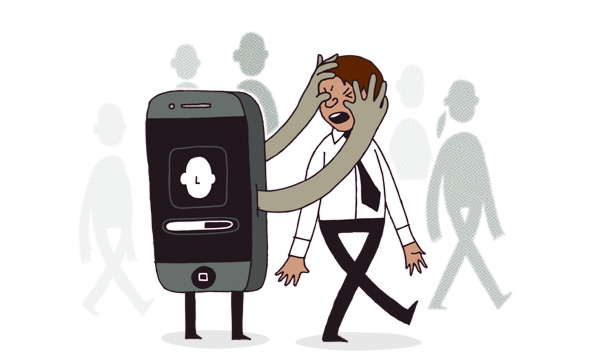 If you’ve traveled or lived in the UK then you may well have been filmed and recorded by one of Britain’s 4.2 million security cameras (and that’s the count as of 2009). That’s one per every 14 people.
If you’ve traveled or lived in the UK then you may well have been filmed and recorded by one of Britain’s 4.2 million security cameras (and that’s the count as of 2009). That’s one per every 14 people.